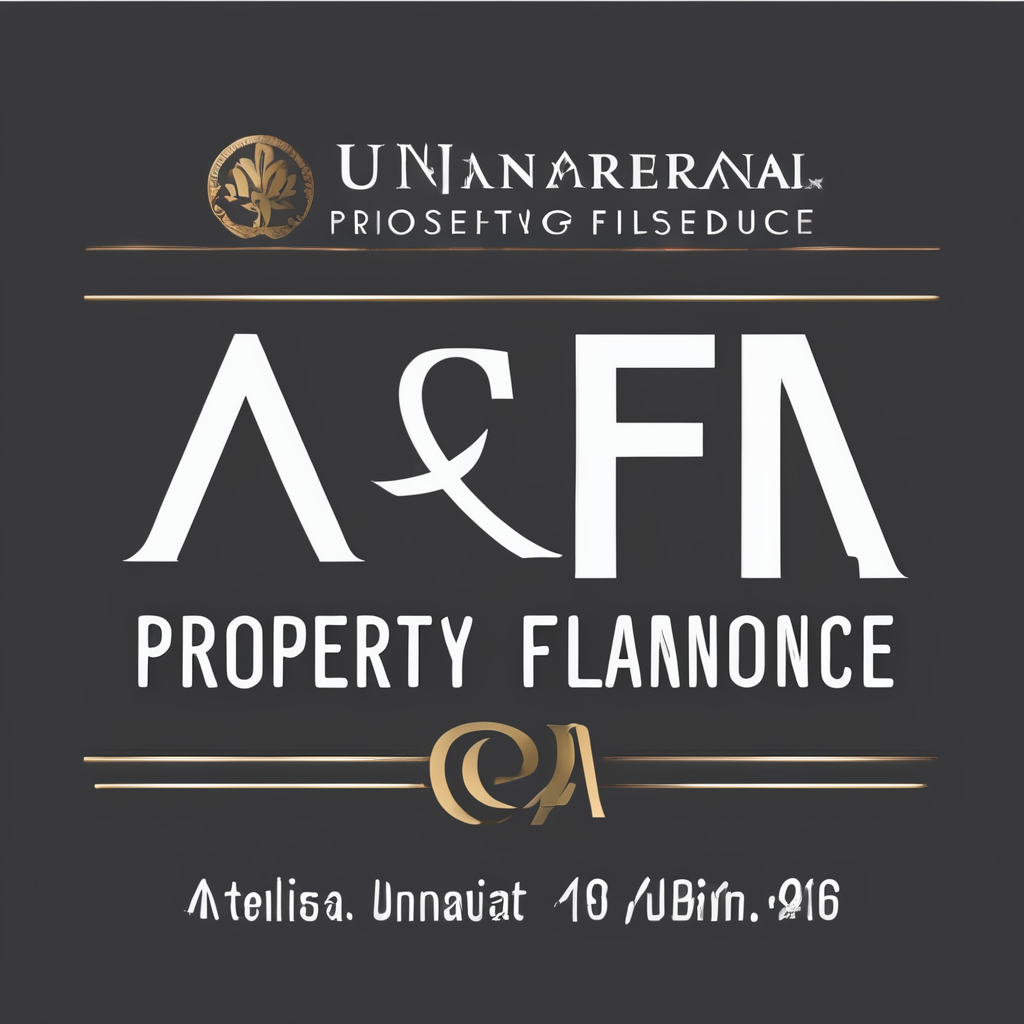Are you a tenant contemplating purchasing your council house in the UK? You may be eligible for a substantial discount under the Right to Buy scheme that could make your dream a reality. This scheme, introduced by the UK government, enables eligible council tenants to buy their property at a reduced price. This article will provide valuable advice on how you may utilize the Right to Buy scheme to secure your council house.
Understanding the Right to Buy Scheme
The first step to harness the benefits of the Right to Buy scheme is to comprehend its terms, conditions, and eligibility criteria. The scheme was initiated to give secure tenants of councils and some housing associations the legal right to buy, at a discount, the home they are living in.
A voir aussi : What legal protections do UK tenants have against eviction in the current housing market?
It was introduced in the UK in 1980 and has since helped over 2 million people become homeowners. This scheme is primarily aimed at long-term tenants who have lived in their council house for several years. If you have been a tenant for more than three years, you may be eligible to avail of the scheme’s benefits.
The discount under this scheme varies depending on how long you have been a tenant, the type of property you are buying (a flat or a house), and the cumulative discount limit set by the government. The discount can range from 35% to 70%, with a maximum limit of £84,600 across England and £112,800 in London boroughs (as of 2024).
A voir aussi : What are the guidelines for UK non-residents wishing to open a bank account from abroad?
Checking Your Eligibility for the Scheme
Before you start dreaming about owning your council house, it is important to check if you are eligible for the Right to Buy scheme. The basic criterion is that you should be a secure tenant of a council or a housing association. You should have had a public sector landlord for at least three years. These years do not need to be consecutive.
However, the scheme does not apply if the property is not your main home, if it’s not self-contained, or if you’re undergoing bankruptcy proceedings. Further, if a court has issued a possession order against you, or if you have outstanding charges or debts, you may not be eligible for the scheme.
How to Apply for the Right to Buy Scheme
If you believe you are eligible for the scheme, the next step is to apply. To initiate the process, you will need to fill in the Right to Buy application form (RTB1 notice). This form should be sent to your landlord who has up to four weeks (or eight weeks if they’ve been your landlord for less than five years) to respond.
If your landlord agrees that you have a Right to Buy, they will send you an offer price. This price will consider the value of the property, the discount you’re entitled to, and any structural issues or improvements made to the property.
Securing a Mortgage for the Purchase
Securing a mortgage is the next key step towards buying your council house. You may need a mortgage to cover the remaining cost of the house after the Right to Buy discount has been applied. Various lenders offer Right to Buy mortgages, and it’s advisable to compare different products and lenders to find the best deal for you.
Your mortgage will depend on your financial circumstances, including your income, employment status, credit score, and the amount you need to borrow. It may be beneficial to consult a mortgage advisor who can guide you with this process.
Legal Aspects of the Right to Buy Scheme
Understanding the legal nuances of the Right to Buy scheme is vital to ensure a smooth buying process. When you purchase a property under the scheme, you will own either a leasehold or freehold, depending on the nature of the property.
A leasehold means you own your home for a set number of years (usually 99 or 125 years for flats) while the freehold means you own it indefinitely. If you plan to sell within five years, however, be aware that you might have to repay some or all of the discount.
In sum, the Right to Buy scheme offers a viable path for eligible council tenants to become homeowners. By understanding the scheme, checking your eligibility, applying correctly, securing a mortgage, and being aware of the legal aspects, you can utilize the scheme to fulfill your dream of owning your council house.
Review and Consideration of the Right to Buy Scheme
Given the possibility of securing a substantial discount, the Right to Buy scheme is indeed an enticing opportunity for council tenants. However, it’s essential to consider all elements before proceeding with a decision. The scheme not only requires financial commitment but also a comprehensive understanding of the laws and responsibilities that come with owning a property.
To start with, prospective buyers must realize that their discounts increase with the length of their tenancy. Known as the "years discount," this increment is applicable for every additional year you have been a public sector tenant, enhancing the discount rate between 35% to 70%. The maximum discount limit is £84,600 across England and £112,800 in London boroughs.
Additionally, it’s crucial to thoroughly evaluate your financial situation before buying a council house. Securing a Right to Buy mortgage is a significant financial commitment. Thus, you should assess your income stability, credit score, and ability to manage the monthly mortgage repayments over the agreed term. Remember, failing to keep up with your mortgage repayments can result in the loss of your home.
On the other hand, the Right to Buy scheme does not apply to all public sector housing. For instance, if you are a tenant in a housing association, you might have a "right to acquire" instead. This is different from the Right to Buy scheme and usually offers a smaller discount. Also, if you live in Northern Ireland, Scotland, or Wales, the scheme may not be applicable, or different rules might apply.
Lastly, consider the legal obligations. Keep in mind that selling the property within five years of purchase under the scheme may require repayment of the entire or part of the discount you received.
Conclusion
The Right to Buy scheme is a powerful tool that has helped over 2 million council tenants across the UK to gain homeownership. The scheme offers a significant discount to eligible council tenants, making homeownership a viable option for many who might not have considered it possible before.
To make the most of the scheme, understanding the eligibility criteria and the process of buying council housing is a must. From checking your eligibility, understanding the scheme’s terms and conditions, applying correctly, to securing a Right to Buy mortgage, each step requires careful consideration and planning.
Moreover, it’s critical to note that while the scheme offers a significant discount, buying a house is a substantial financial commitment. Before taking the leap, council tenants should review their financial situation, understand their legal obligations, and ensure they are ready for the responsibilities that accompany homeownership.
In conclusion, the Right to Buy scheme is a unique opportunity that can enable you to realize your dream of owning the house you live in. With the right information and careful planning, you can navigate through the process and secure your council house under the scheme.






